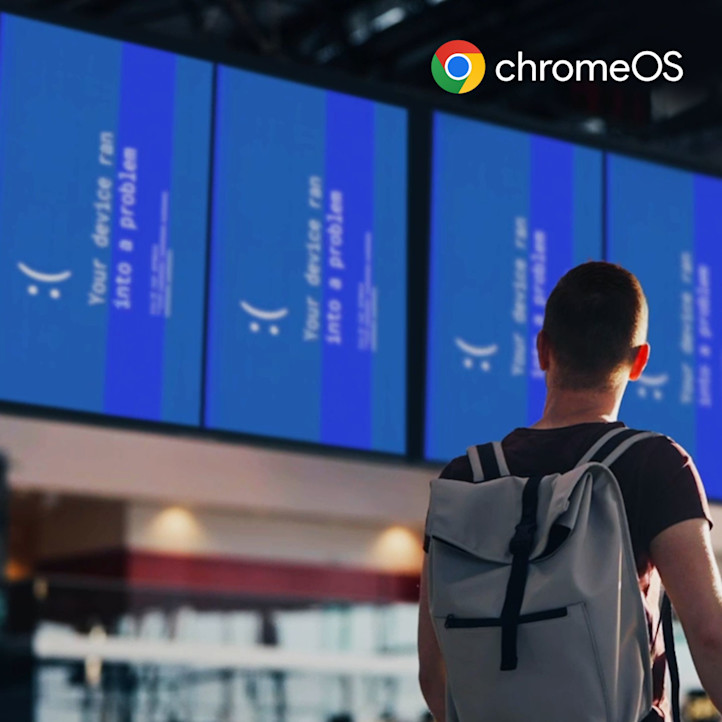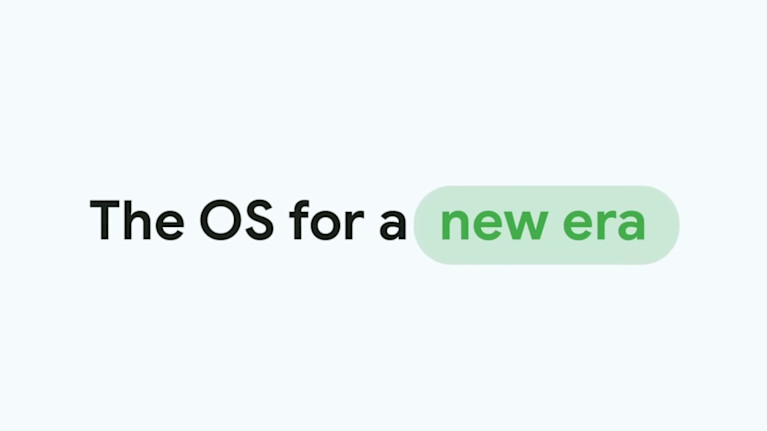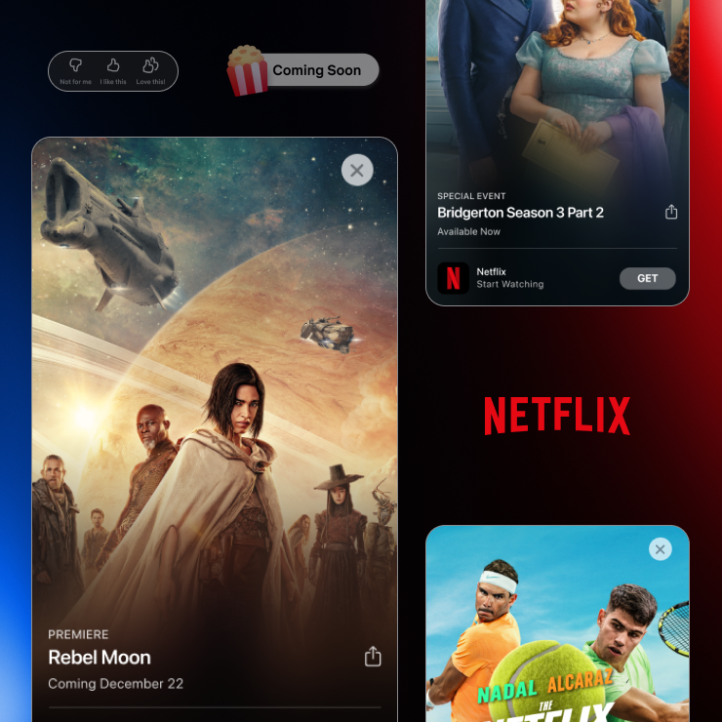Our integrated "OS for a New Era" campaign shifted the narrative on legacy operating systems, using targeted video-first ads, a topical social film and research-driven messaging to convert IT decision makers to switch to Google ChromeOS.
Challenge
The dominance of traditional business operating systems has been unchallenged for decades. However, in the wake of recent security breaches and increasing concerns about security, cost, and sustainability, businesses are seeking more modern and efficient solutions instead of expensive, drawn-out upgrade cycles.
We aimed to disrupt entrenched loyalty and drive Enterprise IT decision-makers (ITDMs) in EMEA, NA, and JAPAC to adopt ChromeOS as a secure, cost-effective, and AI-forward alternative, directly increasing enterprise adoption.
Approach
Research revealed key ITDM pain points including limited awareness and security, cost and implementation concerns. We developed a targeted messaging matrix to address these throughout their decision journey.
We launched our three-phase "OS for a New Era" campaign using a disruptive "Windows Blue Screen of Death" visual, paired with retro gaming nostalgia, to grab attention and highlight current OS frustrations. We contrasted this with a transition to a clean ChromeOS aesthetic, emphasising a future-forward, efficient solution. Our research-driven messaging matrix ensured targeted communication across a three-phase journey, addressing specific concerns about security, cost, and time at each stage, and culminating in customer success stories to build trust.
We executed a 5-month multi-channel campaign - video-first display ads on GDN and Bloomberg, Search, email and a landing page. We also created a timely social film reacting to the global security technology outage of 2024, which further highlighted ChromeOS advantages - and also showcased the power of rapid response to real time events.
Results
Our study showed high cut-through and increased consideration of Chrome OS. 91% of respondents found our ads relevant, 88% found them memorable, and 77% expressed a likelihood to consider switching.









